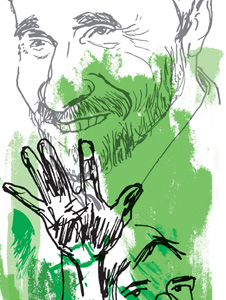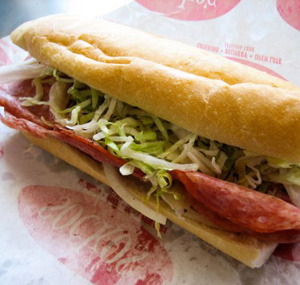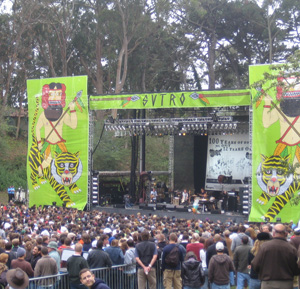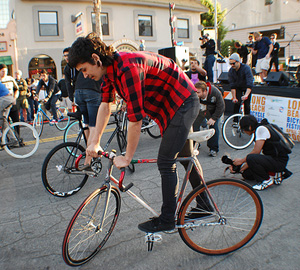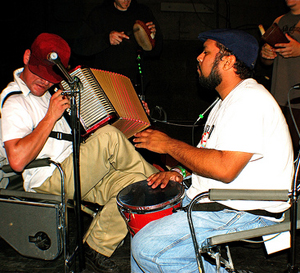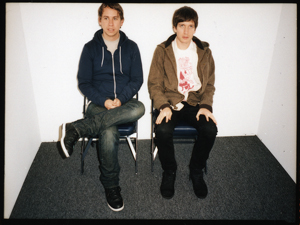First, this girl in my art class got one and spent the whole semester burning her thumbs with minute-by-minute thought updates, then my best friend gave in, using hers to tell everyone at once about her broken ankle. Then, companies like Dunkin’ Donuts signed up for Twitter, and the stripped-down social networking site went from a platform for friendly notices to a host for commercial RSS feeds.
Started in 2006 by a group of young San Franciscans, Twitter has taken the most asinine aspect of Facebook (the status update) and expanded it into an entire Web site where users sign up to make 140 character posts throughout the day, always re-answering the eternal postmodern question: “What are you doing?” The “tweet” is then sent out to your followers’ cell phones just as theirs are sent to you, creating a never-ending circle of useless updates from casual acquaintances you sometimes run into at parties.
Well, that’s the theory.
I’m not going to go into how frustrating it is to watch people succumb to this kind of entertainment (or how there is nothing left to rapidize now that our errand-running details are instantly distributed across continents) because I’m really more intrigued by the site’s increasingly odd list of commercial users and afraid that the widening gap between its original goals and current advertising uses will leave it in the “ruined ingenious idea” graveyard.
Tweeters (there’s a Twittonary full of these terms for tweetards like me) like the New York Times, “American Idol,” Shaquille O’Neal, CNN and recent-signup Domino’s Pizza post about things like the day on Wall Street, the recent Anoop Desai plug on Gawker, the latest Phoenix diet secrets, how Jay Leno is in the hospital and $1 off on bread bowls (if you order tonight). Instead of receiving stalker-like updates of your friends’ every move, private users’ cell phones have become a bathroom wall of billboards, full of countless calls to consumer action and bombardments of pointless celebrity “thoughts.”
While understanding our shift into an ever-converging culture – one where company and consumer hold hands through the publicity machine – I can’t help but worry that the brands using Twitter as an indirect way to e-mail blast apathetic consumers are driving the Web site away from the people that need it most – real people, the ones that don’t know any better.
Social networking sites are an escape mechanism. We’ll take any opportunity to escape our boringly normal lives and slip into a virtual world where our opinions matter and friendship is only an add away. When sites like FacetheJury and Friendster came about back in high school, it felt like the Internet was a new frontier, our manifest destiny where longtime consumers of information could finally produce (or at least type into a field box) their otherwise unwanted thoughts, feelings and personalities and immediately share those through a World Wide Web of peers.
But Twitter is the new Wild West of that frontier, and big-city capitalism is moving in. Companies are posing as peers in an attempt to understand the consumer through their own mechanics; and like the Native Americans who tilled the land, they’re using our own information against us. We’re quickly losing holding rights of our once-private domain.
If we learn anything from the experiment of MySpace it’s that consumers don’t want to feel like they’re being sold to. Through friend-adder robots, mass spam mail messages and fake celebrity profiles galore, the once great social networking site pushed away private users and embraced the overloaded band profile.
So while we’re all hanging out over at Facebook (and updating our statuses there), Twitter should stick to its original plan of being “a service for friends, family and co–workers to communicate and stay connected” before we abandon it like the stalker-condoning rudimentary social networking Web site that it is.
Blogs: Normandie Files
Capitalism Strikes Again: (Or Why I Don’t Have a Twitter)
By Sarah Bennett

Article posted on 4/27/2009
This article has been viewed 2545 times.


